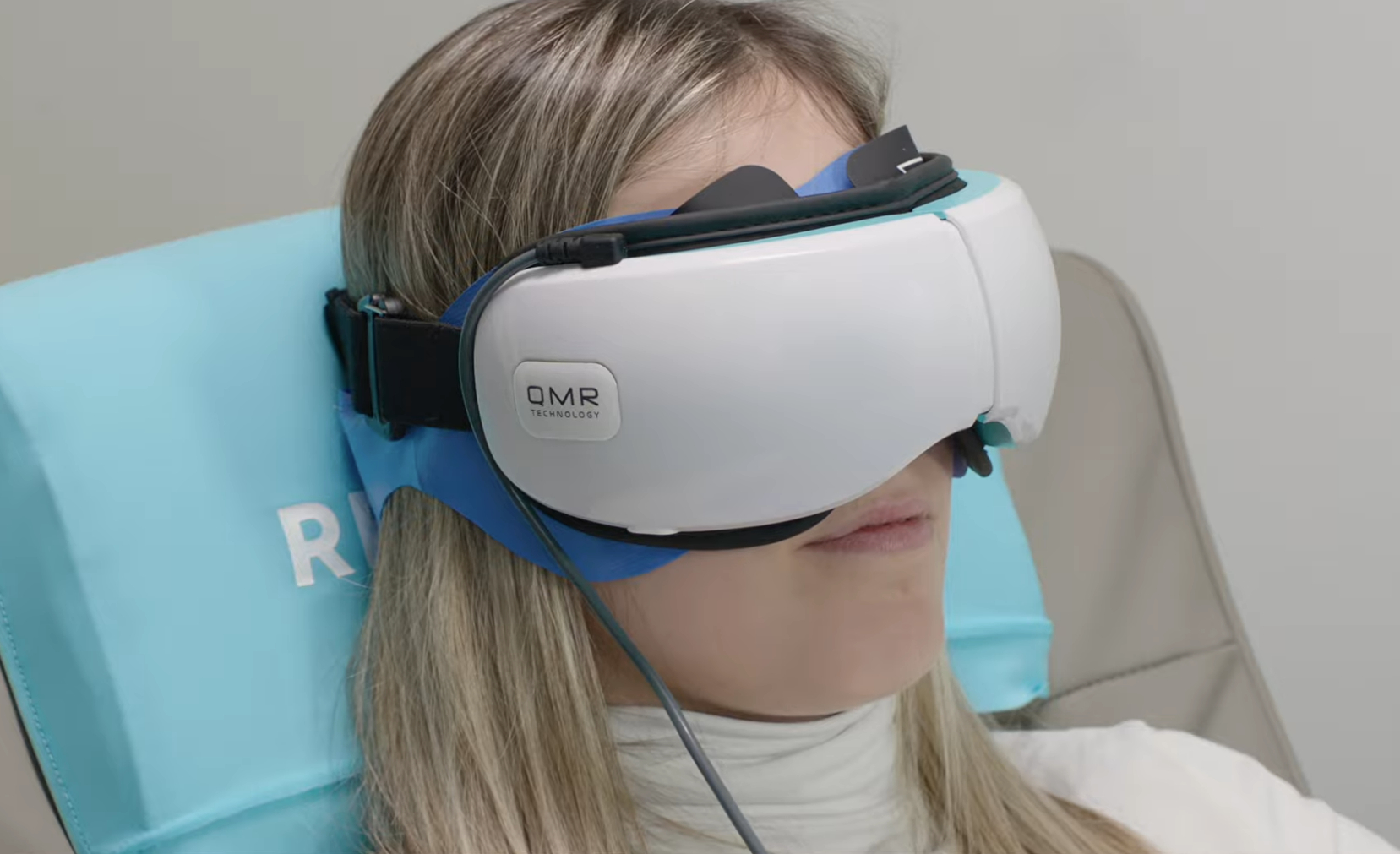
Photo in the contact form: VIU 20/20

Painless, non-invasive method to treat all kinds of dry eye disease

Benefits are fast noticeable and remain in the long term
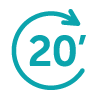
It is applied in a total of 4 weekly 20-minute sessions
Quantum Molecular Resonance or QMR is an innovative technology that is starting to be used as a non-invasive treatment for dry eye disease.
QMR uses quantic energy upon molecular links without damaging cells, preserving and regenerating tissue. The device using this technology sends an alternating, low power, high frequency electric signal in order to stimulate metabolism and natural regeneration of cells and tissue that are not correctly working, such as lacrimal or Meibomian glands in the case of dry eye disease.
Its safety and effectiveness are supported by multiple research studies.
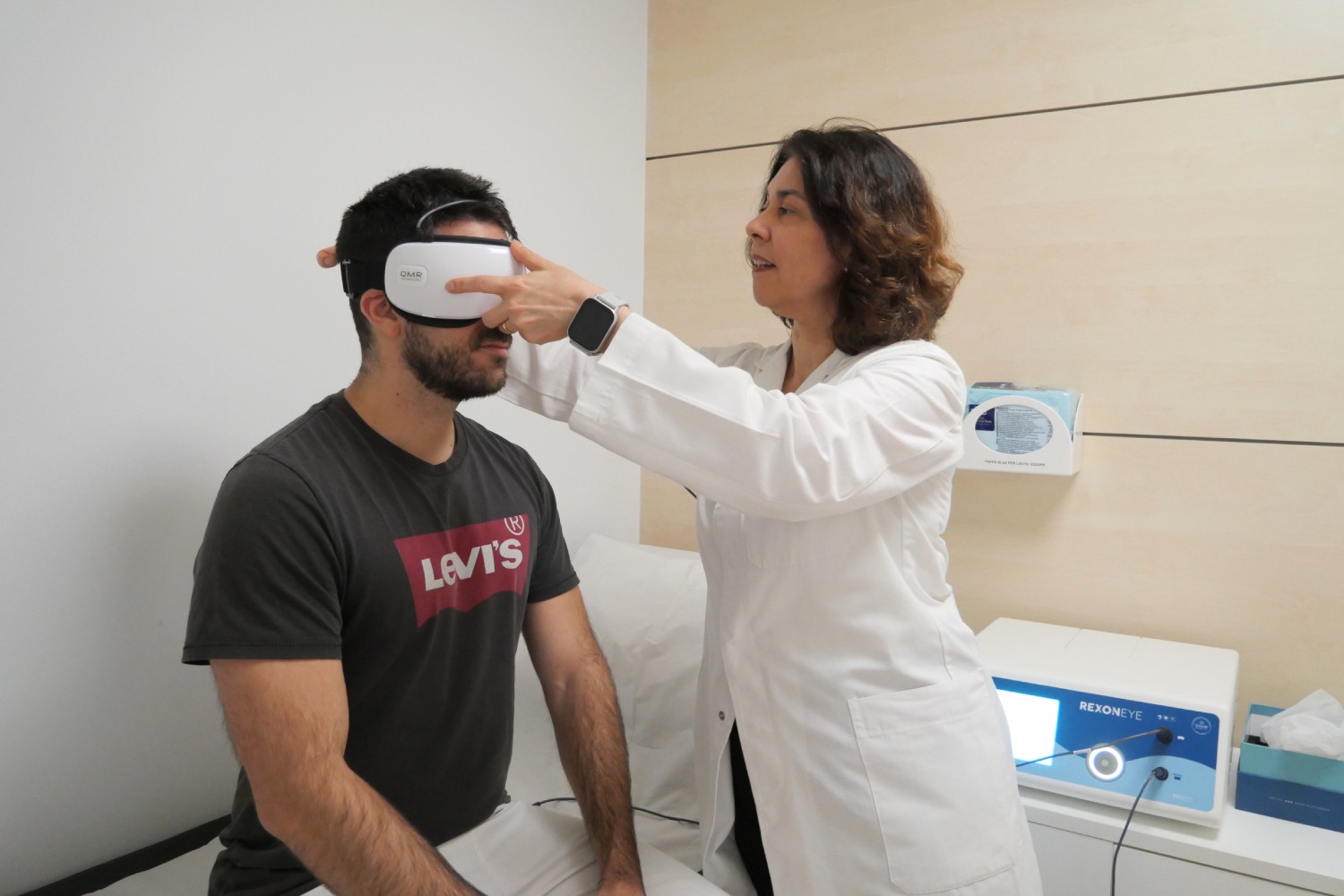
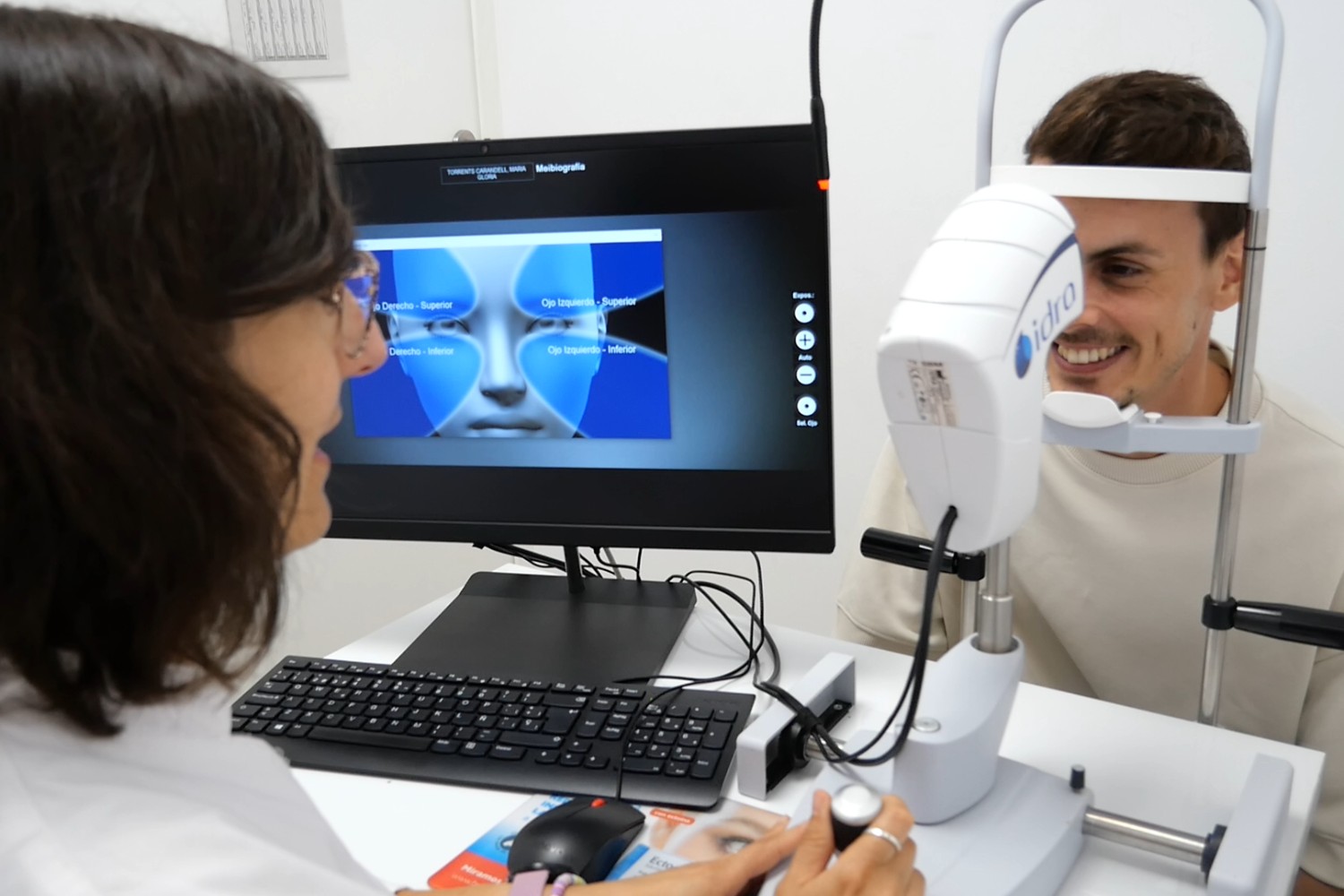
QMR technology has other uses in medicine and physical therapy. In ophthalmology it is currently used to treat all kinds of dry eye disease. This means that both aqueous-deficient, evaporative and mixed forms of dry eye disease can be treated with this therapy. All patients suffering from this syndrome could benefit from it.
However, in order to prescribe the treatment, the medical team at the Dry Eye Unit must first carry out an examination of the patient in question, which will include lacrimal function tests, such as the IDRA® device.
It is only not recommended for women who are pregnant or planning to become pregnant in the near future, babies and young children, people with implantable devices (such as pacemakers or hearing aids), oncology patients undergoing treatment, and patients who have undergone eye surgery within the past month.
Quantum Molecular Resonance for the treatment of dry eye disease is applied using a device called Rexon Eye®, specifically designed for ophthalmological use and CE-certified for the treatment of ocular surface disorders.
The treatment consists of four weekly sessions, each lasting 20 minutes.
During each session, a mask with integrated contact electrodes is placed over the patient’s closed eyes. Through these electrodes, currents are delivered that create a pleasant warming sensation in the eyelid area. It is very unlikely, but if the patient were to feel any discomfort or pain, they could press a button to stop the treatment immediately and discuss it with the professional.
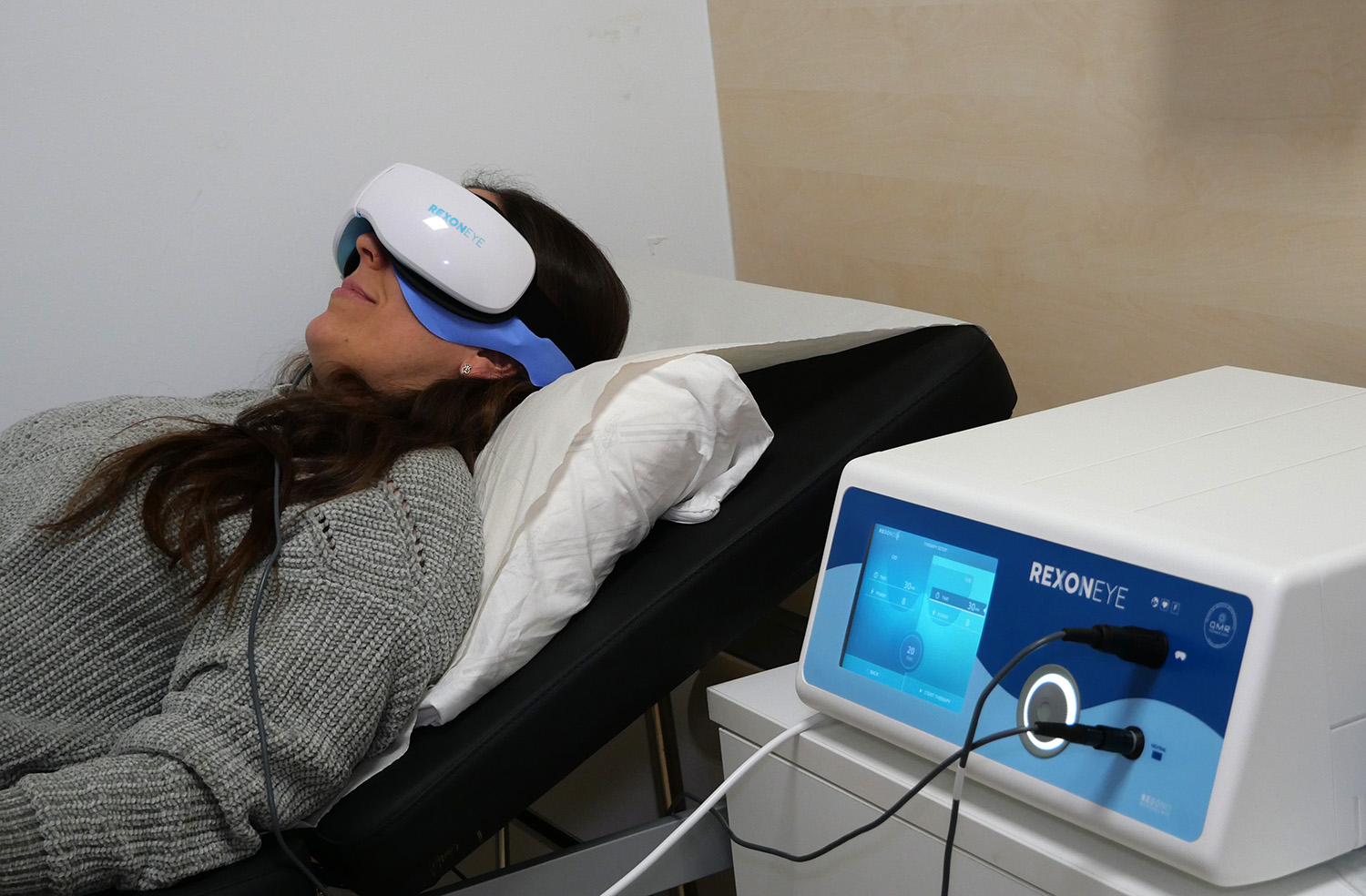
After the application of QMR, it is necessary to rest the eyes for about 15 minutes. The patient may experience temporary blurred vision, caused by the slight pressure of the mask on the eyes. Once this symptom has disappeared (within 15–30 minutes at most), they can go home on their own, even driving.
Few (and mild) complications or side effects of the treatment have been reported, which may include periocular discomfort, inflammation, erythema, or slight skin discoloration. In any case, these effects subside shortly after the application of QMR.

This treatment offers many advantages for dry eye patients, first and foremost because it provides an effective solution to a syndrome that, in some cases, previously had no definitive treatment.
Secondly, it is an outpatient, painless, and non-invasive procedure (even comfortable for the patient) that also surpasses the effectiveness of some previous treatment options.
Finally, the benefits can be noticed from 4 to 6 weeks after completing all QMR sessions and may last for up to about 2 years, during which patients can enjoy relief from the symptoms of dry eye disease.
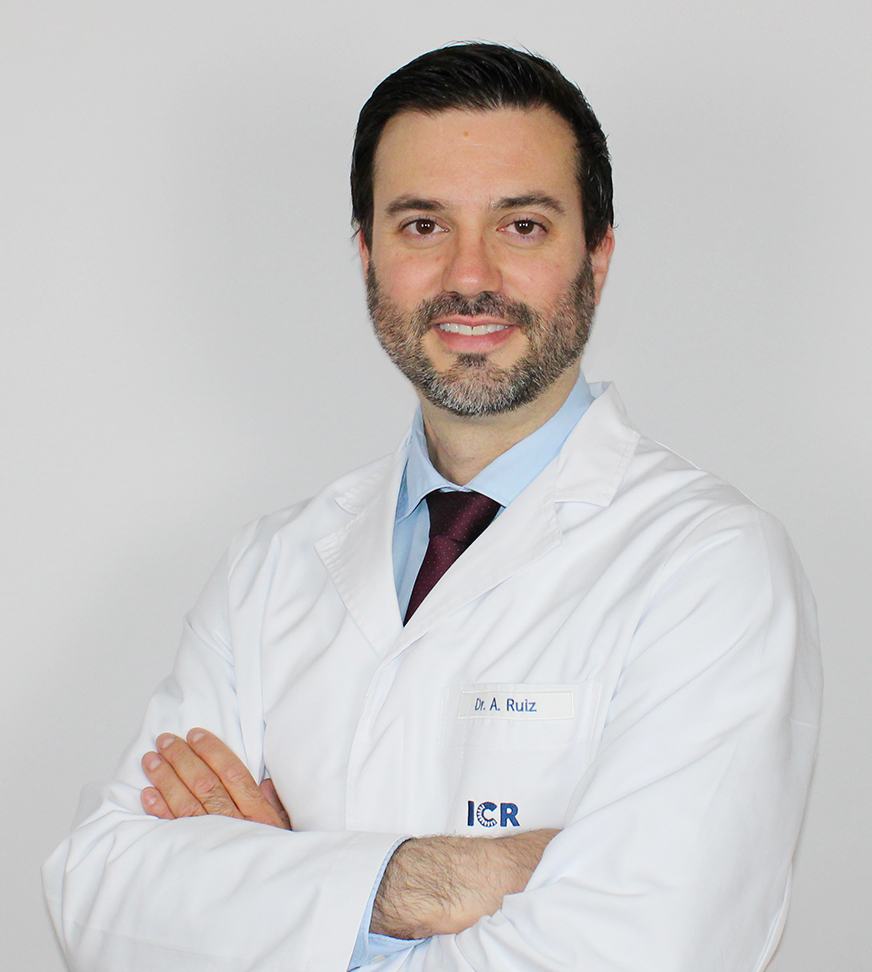
Contact us or request an appointment with our medical team.